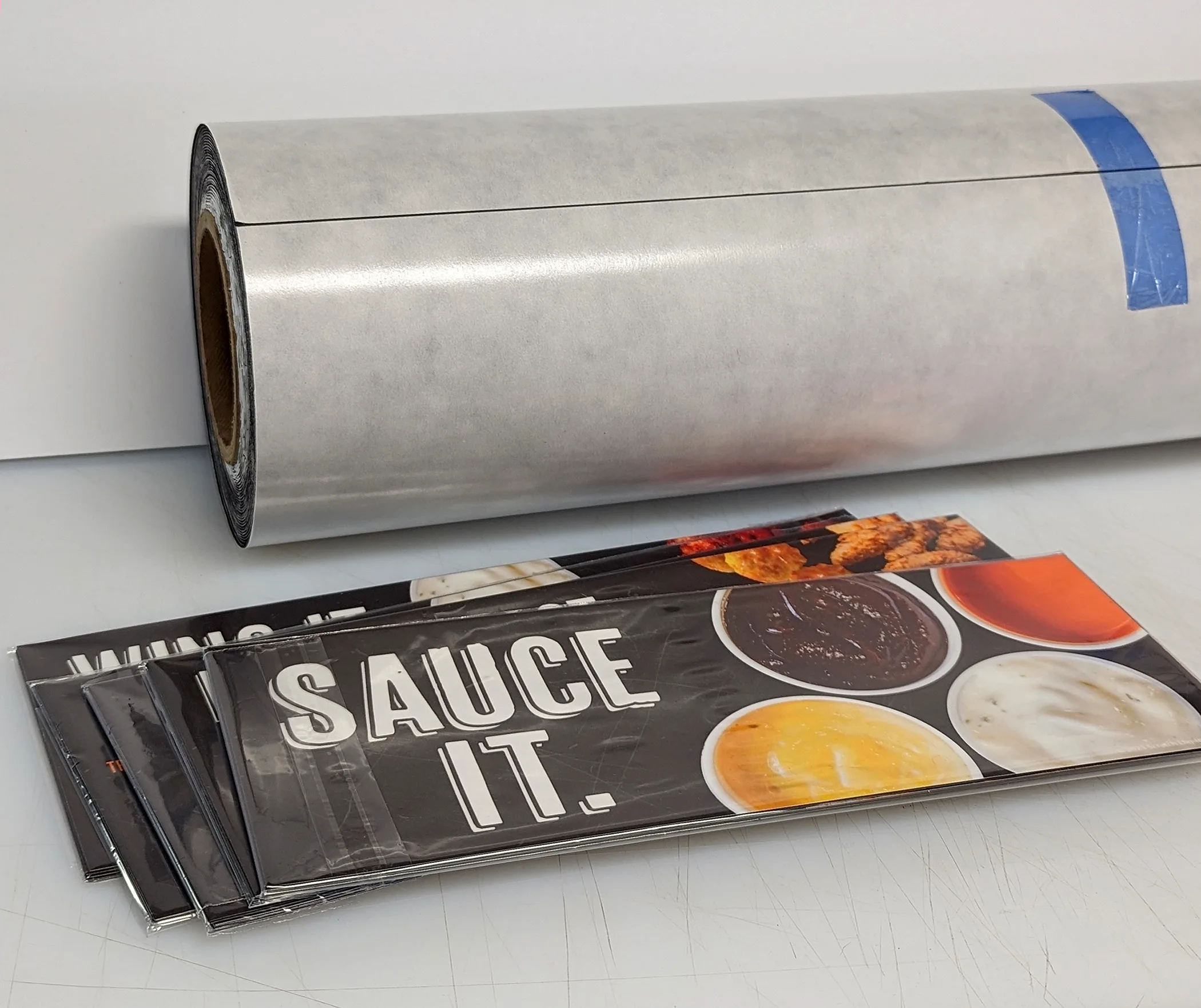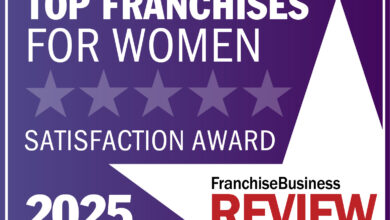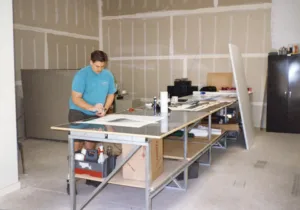
I’m the type of person who settles into chosen technology and products and is reluctant to make changes. As long as I can text, make calls, take photos, and scroll the internet on my phone, I’m good to go. My husband is the one who keeps on top of new tech. For me, the main reason I upgrade my phone is typically because the camera has improved, and I can get better photos.
It’s easy to stay in this same rut with your business, too. Learning a new software program or even upgrading an existing program means you have to adjust to the new features, which undoubtedly slows you down at first. But, once you give it a chance, the benefits of the new features typically outweigh the temporary slowdown.
Trying new media is much the same. It’s easy to keep using the same materials you’ve always used, but keeping track of new products and determining how their features may benefit your shop is essential.
Progress
The sign industry has dramatically changed over the years. When we started our business nearly 30 years ago, full-color printers weren’t common for small sign shop owners. If we wanted multiple colors, we had to cut and layer solid-colored vinyl to create the effect we were going for. For a short time, we even dabbled in hand-painting and airbrushing vinyl to create woodgrain effects and color fades; this proved to be time-consuming, messy, and not very durable.
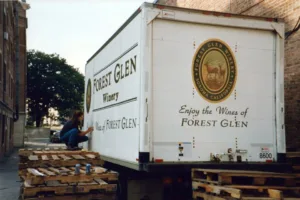
Full-color printed graphics arrived on the market when we were finding our niche with vehicle graphics. At the time, it was more cost-effective for us to purchase graphics wholesale and incorporate them with premium cut vinyl. In 1996, we landed our first big account doing a fleet of box trucks for a local winery. They wanted to use the logo from a specific wine label along with large, Forest Green and Metallic Gold lettering and stripes. We contacted Gregory Inc., a wholesale supplier out of Kansas. In the 1990s, they added full-color digital technology, and we purchased 3M Scotchprint graphics from them.
As the years went on and full and partial vehicle wraps slowly started to hit the market, we looked into bringing the technology in-house for more control. Our shop was one of the first in our city to purchase a large-format printer to provide full-color graphics. Being early adopters meant we had to figure out a lot the hard way. Tech support and information back then were very limited, and the media and inks on the market were less durable than what we use nowadays.
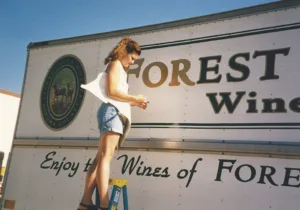
Sometimes when we have our printers cranking out the graphics and prepping rolls of vinyl for a large install, I’ll think back to how, 20 years ago, you wouldn’t have seen that in our shop. There was cut vinyl, lots of weeding, application tape, and cutting down stacks of spot graphics. Of course, we still do our fair share of cut graphics, but now they’re printed, laminated, and contour cut – not so much cut vinyl.
Consistency
Consistency in our products is a big deal for our shop, and we like to keep a set arsenal of go-to products. Limiting the products we use means that we can carry less inventory, we always know what material was used on a job, there’s consistency in the colors coming off the printer, and the quality of what we’re using has been proven.
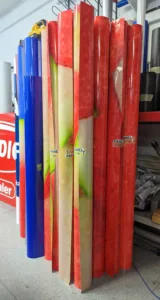
If you try out new products – especially if you try them on a customer’s vehicle or signage – be sure to note the material used on their paperwork. If there are any issues in the future, it’s important to know if there were any changes to the media. If you have to do any reprints, you need to ensure that you’re using the same materials for consistency.
We have tried new products over the years and have had them fail us. It does happen, and it’s why we’re so cautious. One time we ordered a perforated vinyl and optically clear laminate that a supplier highly recommended. We used it to wrap the windows on seven buses, and all of them failed in a matter of weeks.
In another case, we printed reflective labels for a local solar company. We tried a house-brand printable reflective since it was a flat installation, but the labels wouldn’t stick. They were a total failure, and we had to reprint hundreds of labels in a better reflective material. We currently have two reflective films and one perforated film that we use, and I’ll be cautious about deviating from those in the future.
Benefits
When considering the benefits of switching up a material or adding something new to your arsenal, consider how the material can improve efficiency and quality or solve a customer’s needs. If it doesn’t meet one of these criteria, you may not need to make a change.
The vinyl and laminates on the market now are a vast improvement over the original media that came out. These newer versions improve the efficiency of installs with better slideability, conformability, and stretch, and they allow for fewer bubbles.

I remember when people first started asking for wraps, and we had a request to wrap the fenders of a PT Cruiser in solid blue to accent the company’s spot graphics. This was before air release and the stretch we have in current wrap media. Trying to wrap those fenders in premium vinyl with its aggressive adhesive was an absolute nightmare. With improved wrap media, these kinds of installs are much more manageable.
The quality of our signs and wraps have also dramatically improved over the years. Better inks, better media, and better laminates have created longer-lasting graphics. Using a non-PVC laminate on our wraps has greatly reduced the browning issues we have here in California on horizontal surfaces. This wasn’t an option for a long time, but with media advancements and a willingness to try something new, we found a solution to a major issue.
This new media coming out improves the speed and efficiency of installs, and as materials get thinner, we see improved stretch and smoother trimming around obstacles. Get sample rolls when possible and test new media to see what works best for you.
For the Bronco Wine Co account we landed in our early years, we had to meet the customer’s needs by exploring full-color graphics when they were coming on the market. We may have never earned that account if we hadn’t found a way for them to put their wine label on the sides of their delivery trucks.
Discovery
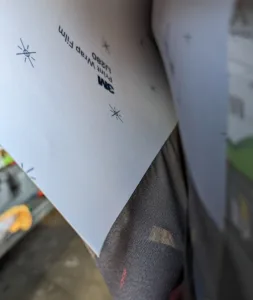
Trying to research product features or specialty materials can be a bit overwhelming, but building a rapport with supplier sales reps is a great way to find information on new products. Manufacturers also have a ton of information on their websites, in product bulletins, and in material product catalogs. The information usually comes in a handy chart with comparable features listed.
We also discover new products through magazine articles and emails, and industry trade shows are among the best ways to find new media, software, and machines. We don’t attend as often as we should, but when we do, we typically come away with a new excitement for the industry and the products and tech available.
We do a lot of work for a wholesale distributor company, and the work they bring in involves displays, point-of-sale products, and changeable menu systems. The company was recently bought by another out-of-state company that already had products and materials in place. They wanted to work with a local sign shop, so we needed to match our products to what they were already using.
One of the displays was for a national chicken restaurant, and they use a specialized material with a magnetic backer and thin printed steel that sticks to the backer. It’s the opposite of what we usually do – creating magnets that attach to a metal background – so we had to do some research to track down a solution.
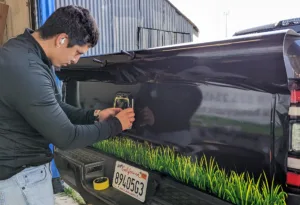
We found the same material at LexJet. The magnetic base was UltraFlex XMR ACTION Magnet, which has an adhesive back; we bought it on a 24″ roll. The printable magnetic receptive material was UltraFlex Signetics Select. It’s very thin and prints nice images on our printer. The material is heavy, though, so we had to make sure we fed out extra on the back so the printer wasn’t having to pull on the roll, which creates head strikes.
They have already purchased initial displays for two different brands, so we anticipate using this material on an ongoing basis. Now that we’ve tracked down a source and have tested the media, we feel confident using it on future projects.
3M recently introduced their IJ280 vinyl with corresponding 8428 gloss overlaminate. We spoke to our 3M rep about the products, and she reviewed the differences between the new material and the IJ180Cv3 we’ve been using. 3M sent us a sample roll of the vinyl and laminate to work with to see if we prefer the new media. If this material proves to be faster and have higher quality on a larger project, we’ll definitely make the switch.
As the sign industry continues to make advancements in software, machinery, and media, we’ll do our best to avoid comfortable ruts and will grow and improve along with the industry.
